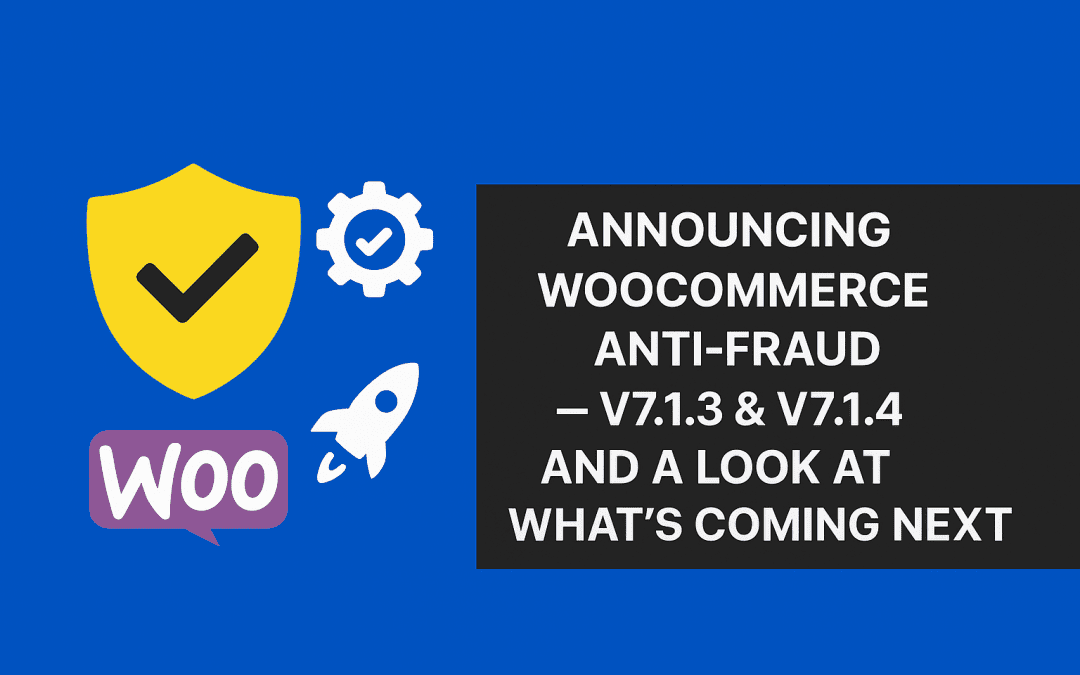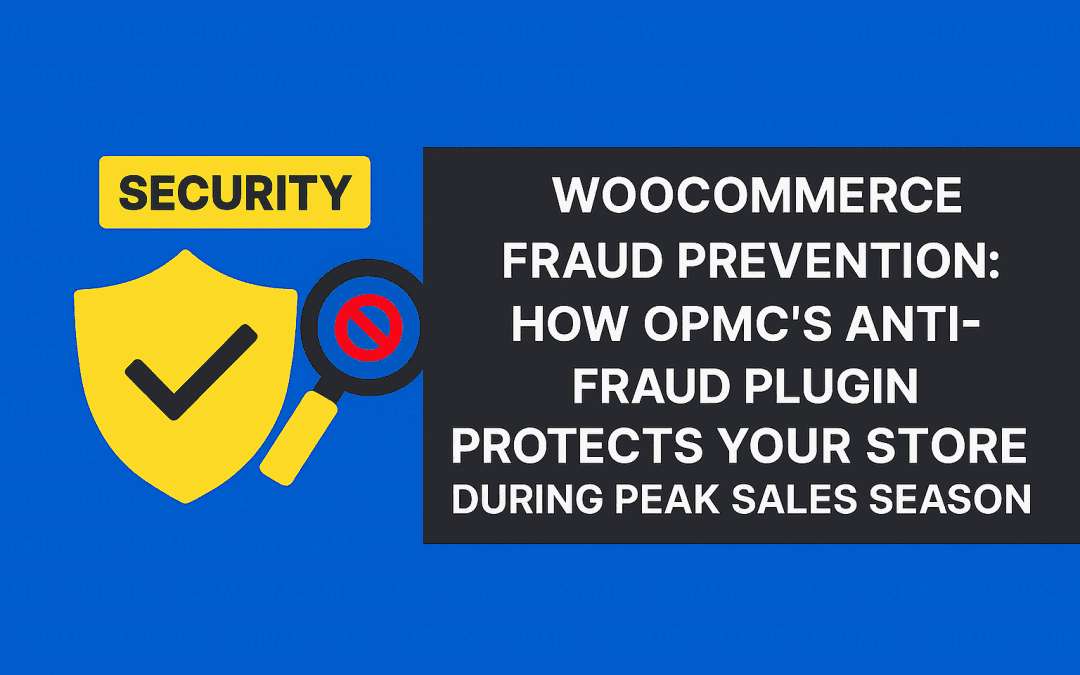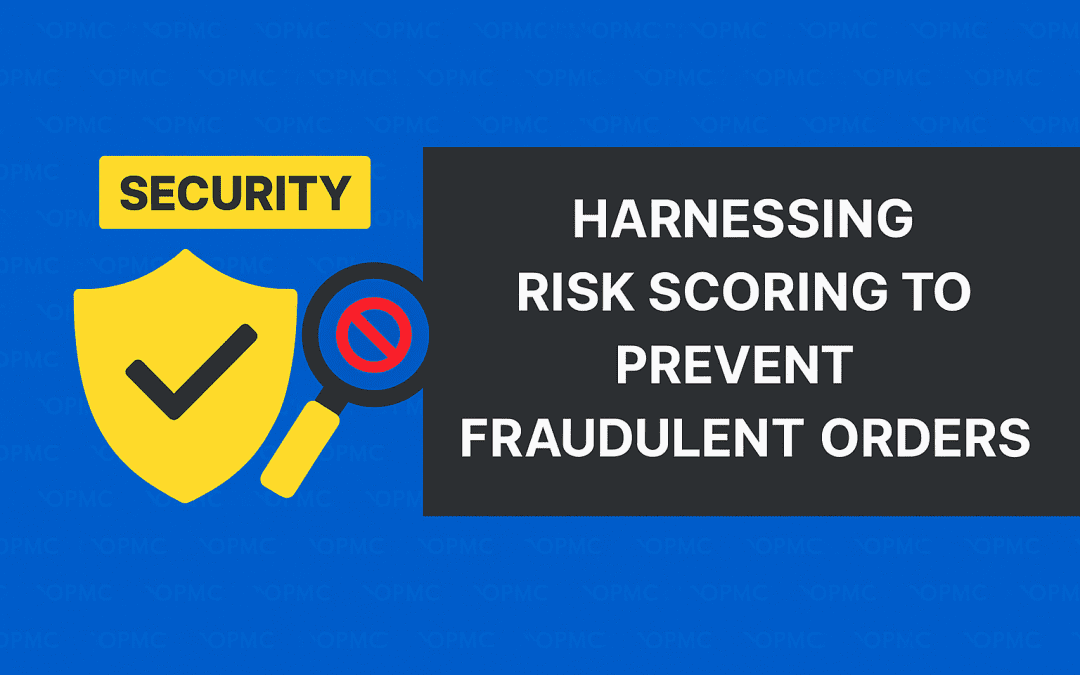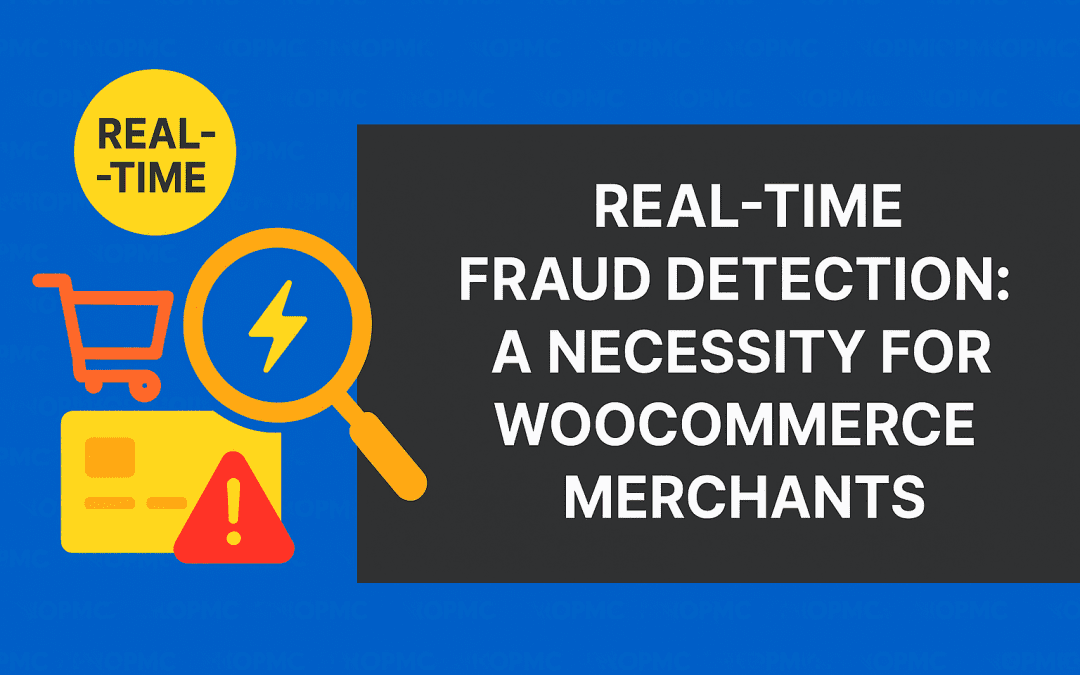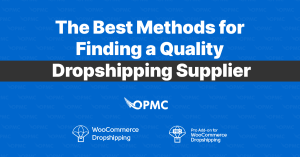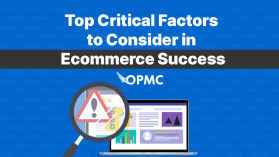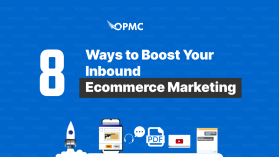Ecommerce is a competitive business, and 2022 saw a lot of changes. The industry is moving faster than ever before, with new competitors and technologies emerging every day.
Now that the dust has settled on 2022, we can take a look back at some of the biggest trends in ecommerce marketing that emerged over the last year. Here’s what we found.
Trend 1 – Increased Ecommerce Competition
The first trend is increased ecommerce competition. This means there are more customers, products, brands, and online stores than ever before—all of which will be vying for consumer attention.
With the internet making it easier than ever to start an online store, the number of stores you have to compete against has grown exponentially. Already the ecommerce industry accounts for roughly 21% of global retail sales, up about 10% from just 5 years ago.
This could be largely from the aftermath of the global pandemic, but whatever the root cause, there are many more businesses hitting the ecommerce market. If you want to differentiate your business, you need to maximize your customer lifetime value. Personalize everything to the user, and you should maintain growth.
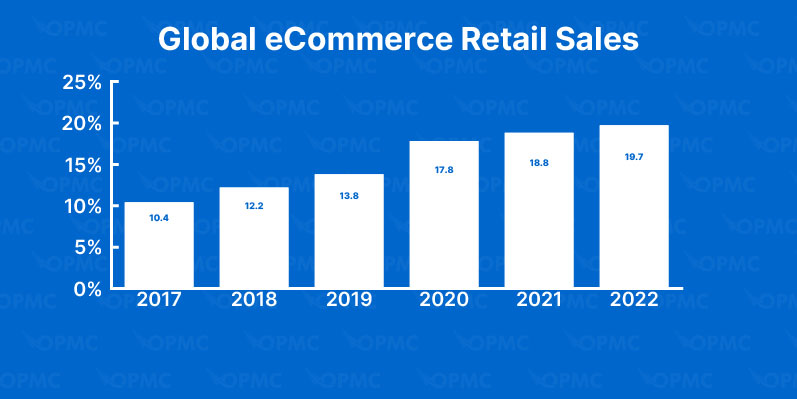
Trend 2 – More Brands Going Global
It’s time to take your brand global. If you’re not already at least considering an international expansion, you should be.
Ecommerce businesses have hit a roadblock of exponential growth due to the lack of international access. Again, the pandemic shifted these gatekeepers, and now it is straightforward to use everything from regional payment gateways to location-based shipping companies.
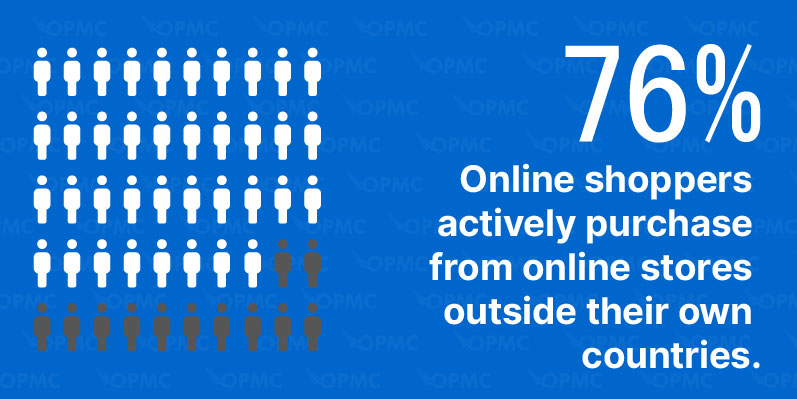
After all, going global isn’t as easy as opening a new account on Amazon and hoping people show up. There are challenges that must be overcome. You need the right product mix for each region where your brand is sold and the language translations.
Success requires careful planning and consideration of cultural nuances across countries so that customers can feel like they’re shopping with a local store rather than an international one.
Trend 3 – Alternative Financing for Ecommerce Startups
Alternative financing is a great way to raise money for your ecommerce startup, especially if you don’t have a business plan or product yet. This can be done through crowdfunding platforms like Kickstarter and Indiegogo, as well as angel investors and venture capital firms.
Traditional banking is becoming less involved because of the time and rising interest rates. Most banks cannot offer quick access to funding, don’t let startups use certain assets as collateral, or require sky-high payment options.
The total ecommerce funding acquired in Q2 of 2021 was at a whopping $16.8 billion USD, a five-time increase from 2020. You are likely to see a massive growth opportunity in this niche with new businesses coming online to service ecommerce shop owners.
Trend 4 – Amazon is No Longer King
The ecommerce giant still reigns as the largest online store, but it isn’t the only one anymore. As more and more retailers have launched their own online stores and marketplaces, Amazon has lost some of its market share to these new players.
Over the last year, Amazon experienced its first decline in the percentage of total sales. Off-Amazon brands are succeeding because they craft unique client experiences in specialty markets that appeal to modern users. This is especially true with independent Western merchants.
While there will always be ample opportunity to expand to Amazon, the belief now is to capitalize on your own ecommerce website first as your primary source of selling and then offer auxillary sales through Amazon once your brand is established.
Trend 5 – Storytelling with Supportive Manufacturing Wins
The key to success is to tell a story. It’s the most powerful way to talk about your business and what it stands for, and it can give you an edge over competitors who aren’t telling their stories effectively.
Companies that combined this storytelling with bespoke manufacturing of their products doubled since 2017 while resellers were practically cut in half.
This isn’t to say dropshipping and reselling is not a vibrant market – because it certainly is. It means that if you can cut out the intermediary and manufacture your own products, you can ensure future growth.
Your brand story should be clear and concise so that your customers understand what you stand for, why they should care about your products or services, and how they can benefit from choosing your brand over others. You need to speak directly to people in terms of how their lives will be improved by using your products or services.
Quickfire Trends
The Rise of Blockchain-Based Ecommerce
Blockchain technology is a decentralized, public ledger that allows for the secure storage and exchange of data between parties without the need for intermediaries. This can greatly reduce transaction costs in traditional markets where middlemen are required to facilitate trust between buyer and seller.
Highest Regional Growth
Retail ecommerce sales have skyrocketed over the past year, with many new regional stars hitting the market. What used to be a US-driven market has completely shifted, with percentage growth ranking the highest in:
- Philippians, 25.9%
- India, 25.5%
- Indonesia, 23%
- Brazil, 22.2%
- Vietnam, 19%
There is also the closely watched Chinese market. Now that AliPay is opening new doors to international suppliers, you can expect this market to continue exploding into the future.
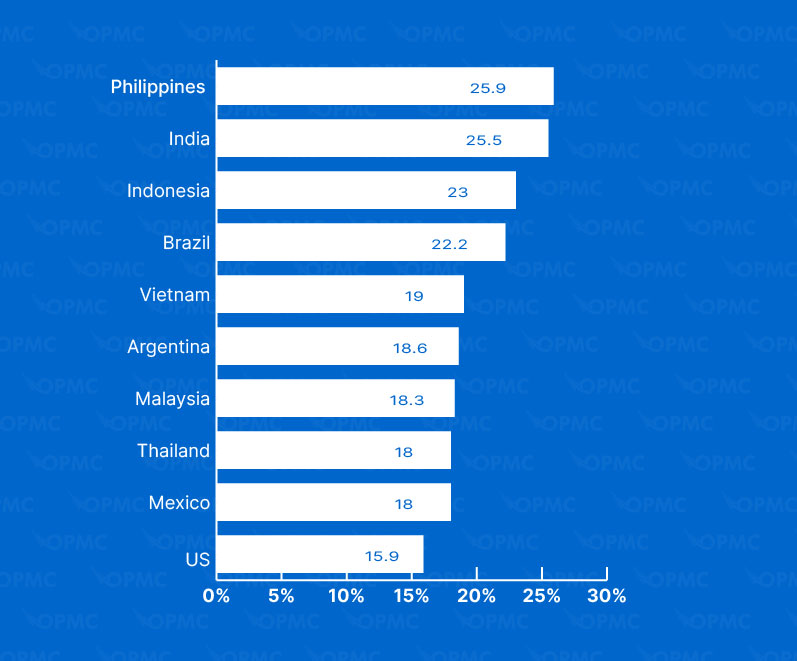
Most Preferred CMS Platform
Continuing with the list of eCommerce trends, we look at the most preferred CMS platform. WordPress is the most popular CMS platform for ecommerce sites, blogs, and websites.
WooCommerce specifically led the charge in 2022 with a market share of 36.68%. Closely followed by Shopify, BigCommerce, Squarespace, Magento, and privately built sites.
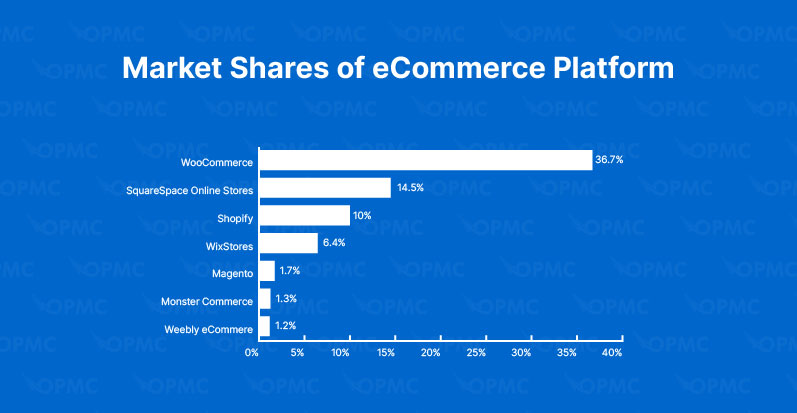
Top Ecommerce Niche Industries
The 2020s will be the decade of ecommerce niche industries. While finding the pure statistics on these niche markets is next to impossible, you can expect the following to grow in popularity:
- Pet Products
- Subscription Services
- Home Office Equipment
- ReCommerce
- Eco-Friendly/Sustainable
- Health & Wellness
- Educational Toys
- Online Courses
- POD
- Beauty for Men
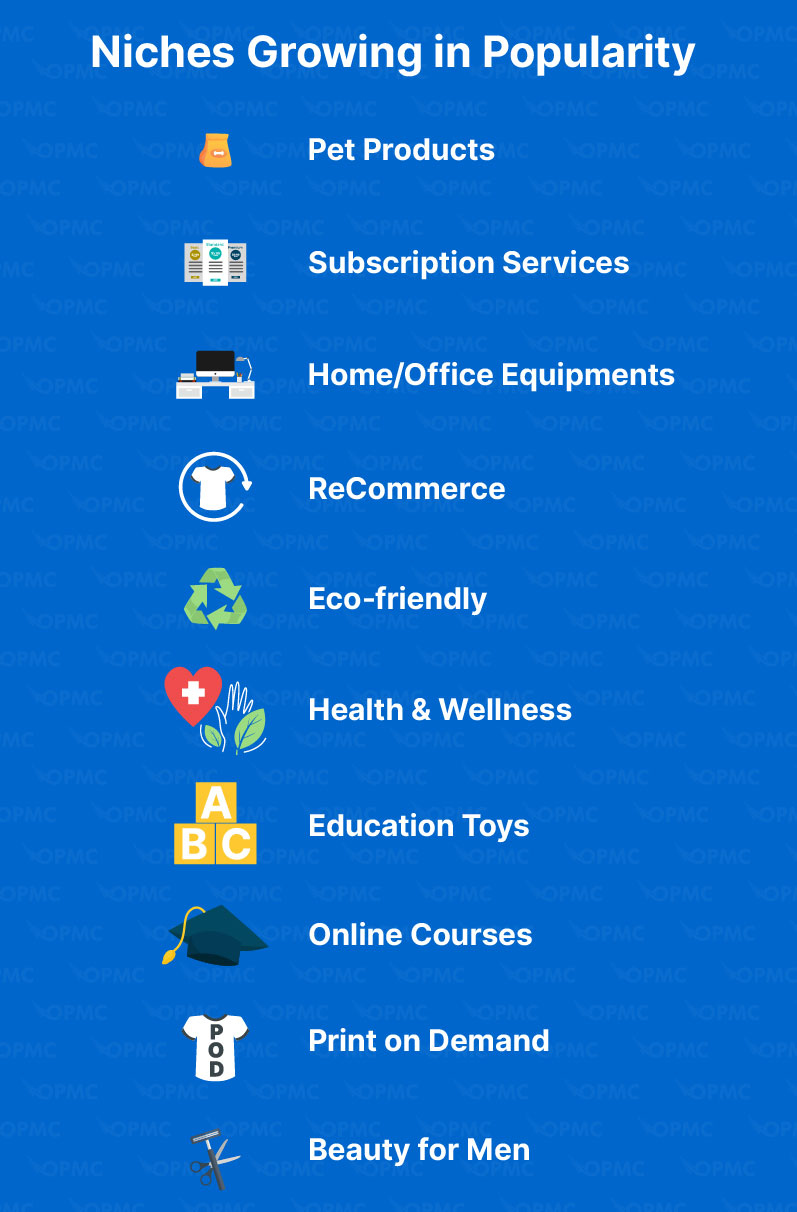
Best Social Media for Marketing
There is no argument here. The fastest-growing social media platform for marketing your ecommerce business is and still remains TikTok. Even though it is ranked sixth in terms of users, the ability to rapidly grow a following on the platform is what sets it apart from the rest.
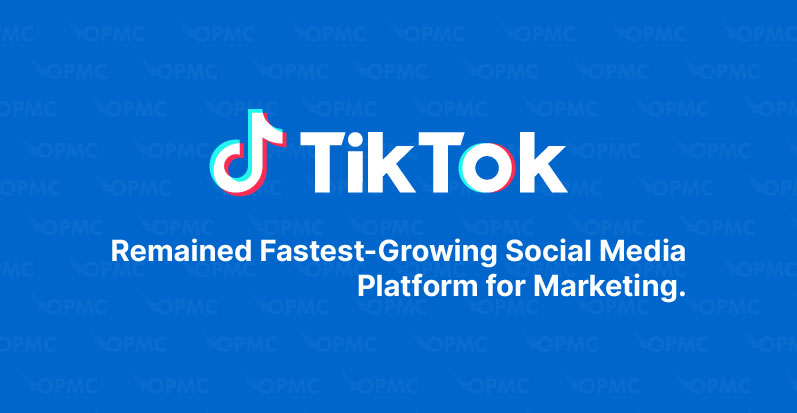
Into the Details, How 2022 Changed
In 2022, ecommerce was still very much a growth industry. The number of buyers increased, and the total spend was measured in the trillions last year.
However, this growth has not been without its challenges for brands and retailers alike—especially as more competition enters the market every day.
To stay competitive, brands need to think carefully about how they market themselves on social media platforms, as well as their brand message when communicating with customers through email newsletters or other push notifications.
Some of the critical ecommerce business areas that have shifted due to the changing market include:
Dropshipping Changes
Dropshipping is a popular way to sell products online. It’s been around for quite a while and has changed in recent years, but it’s now becoming even more popular than ever before.
Dropshipping is great for small businesses because they don’t have to invest in inventory or order fulfillment. You can sell almost anything you want on your website without carrying any of the risks associated with traditional ecommerce stores.
The problem is TikTok brought a lot of new users to the dropshipping market. While the industry is not saturated, it does require a bit more research upfront to ensure you capture a unique item to leverage.
Moving forward, the key to success will be:
- Conducting detailed market research.
- Securing protection from overselling.
- Uncovering strategic shipping systems.
- Sticking to low-maintenance products.
- Delivering a customized brand experience.
Ecommerce Frauds in 2022
Fraudulent transactions are defined as transactions that are made by customers who have no intention of paying. The ecommerce industry is rife with fraudulent transactions, and they can be very costly to your brand. If you’re not aware of the most common types of fraud and how to prevent them, it’s time to educate yourself!
More than 34% of ecommerce businesses are investing in fraud protection and mitigation. This is because loss-leading frauds like credit card fraud, chargebacks, account takeovers, interception fraud, and triangulation fraud crippled many websites.
Fraud is costing the ecommerce industry more than $5.1 trillion USD by some estimates in lost global revenue. The way forward is to strengthen your ecommerce site with anti-fraud protections and surround your business with anything that can prevent future fraudulent charges.
Focusing on Accounting
If you are an ecommerce business owner, the more you understand the accounting aspects of your business, the better able you will be to make informed decisions.
Accounting became an essential part of running any ecommerce business in 2022. It is important for getting organized and helps maintain financial records and communicate with stakeholders such as investors, creditors, management, and tax authorities.
As global sales are expected to radically increase the demand on ecommerce sellers, the need for accounting software that is cloud-based and highly integrated into your custom CMS will continue to grow. Therefore, getting your accounting in place now is critical to scaling into the future.
Find more about: What is Ecommerce Accounting and Why is It Important? –>
Raising Data Protection and Compliance
The topic of data protection and compliance is a hot one in the ecommerce space right now. The European Union General Data Protection Regulation (GDPR) has changed the game for all companies, not just those in Europe. It applies to any company that processes personal information as well as any citizen of any country.
The most significant change brought about by GDPR is that you must have explicit consent from your users before collecting their data or using cookies to track them online. If you don’t have this consent, your store will break the law if you continue to operate under current practices.
You need to update your checkout flow so that customers can clearly see what kind of data you’re collecting and how it will be used before they purchase anything from your store—or risk losing customers who don’t feel comfortable providing their personal info.
Where to Go Next?
To wrap things up, it is worth looking at some of the most important ecommerce trends to watch over the next year. Some of these are fairly straightforward, but others can be more complex and require some serious thought.
Raise Your Prices
This is probably the most powerful leverage you have over your ecommerce business. While it can be terrifying to raise your prices, more than 86% of owners experience positive revenue growth due to a small 10-15% in pricing.
The smart way to do this is to create new pricing models. You can introduce pricing thresholds for shoppers that include free shipping or a free gift if they meet a certain level.
Invest in New Products
When you’re making products available to your customers, it’s important to make sure you have the right products for your target audience. If they don’t buy what you’re selling, then they won’t be back!
You’ll want to ensure that you aren’t investing in too many new products at once. One of the biggest mistakes ecommerce businesses make is trying to cater to everyone at once, and this is especially true when it comes to expanding product lines.
As such, we advise only adding one or two new items at a time until those items become proven successes before moving on again.
Scale When Possible
If you haven’t already, you need to prepare for scaling markets. It’s time to scale your ecommerce business. How do you know when that time is? You’ve built an audience of loyal customers who love your products and are willing to pay for them. You’re making money — but not enough to support your growing team or satisfy investors.
You’re ready when:
- You have a brand that people actually care about and can recognize on sight.
- You’ve cultivated an engaged customer base through the quality of your product and service (not just because it’s cheap).
- Your company is profitable enough to prove there’s a real demand in the market without relying on outside funding sources like venture capital firms or angel investors (this can take years).
Put the systems in place now to ensure you can navigate the future years as the consumer-driven market moves to an online experience.
Expand Your Marketing Channels
One of the most critical aspects of your ecommerce business is marketing. Depending on your goals and budget, you can choose from a variety of ways to attract potential customers.
Yes, SEO and PPC ads are still viable. We strongly suggest investing in influencer marketing and video advertising. Don’t be scared to introduce a new social media platform this coming year as well.
For more information on marketing strategies see:
Proven Ecommerce Marketing Strategies to Consider in 2022 –>
Leverage User-Generated Content
User-generated content (UGC) is a powerful tool for brands. It can help you build trust and credibility with your audience, create a more personal and engaging brand experience, and improve your product pages.
But it’s not always easy to get started with UGC campaigns. You need to invest in the right tools and create an editorial calendar that will help you consistently share UGC on social media channels over time.
The best result is media and reviews created by your target market that lend to your brand’s authenticity and trustworthiness.
Automate, Automate, Automate!
If you want to stay competitive in 2023, you’re going to have to automate. It’s not a matter of if but when and how.
Automated ecommerce business processes are going to increase in importance over the next few years as consumers demand higher levels of personalization and interaction with businesses online.
As such, ecommerce platforms must be able to handle these demands or suffer the consequences of lost sales and unhappy customers that could have been satisfied by automation technology.
The benefits of this approach are numerous:
- It allows you to scale your business without adding additional overhead costs like human resources or administrative support teams.
- It allows you to focus on other areas of your business (like marketing) where humans can add value.
- It helps improve customer experience by removing friction points from the buying process.
- And finally—it meets customer expectations because it provides them with exactly what they want when they need it most.
In the End, It’s All About the Customer Experience
We’re excited to see what the future holds for ecommerce. As more and more people shop online, there will be increasing demand for quality products and services. But don’t forget that this is a global industry, with hundreds of thousands of businesses serving millions upon millions of customers around the world.
It can be daunting to run an online store, but if you take advantage of these trends, you’ll find yourself well on your way to success.

